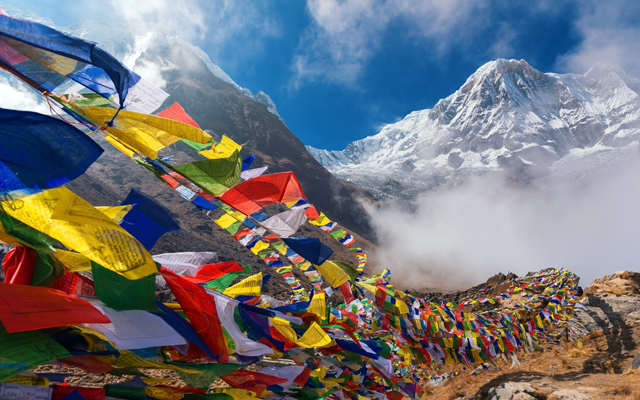With inbound numbers on the rise, Nepal’s operators are introducing itineraries that reduce tourism carbon footprint and contribute to the growth of local communities.
Shiva Rimal, team leader of GAPNepal, noted that tourist volumes to the country have “increased dramatically” since his company opened in 2011, and hotels there now see an average occupancy rate of 80 per cent.

“The Himalayas are a mainstream tourism product, but we are now trying to promote other things to do in Nepal, such as mountain biking,” shared Rimal.
While tourism was hit by the 2015 earthquake, Rimal said travellers have since regained confidence and are now more curious about the country.
In anticipation of a greater tourist influx, tour operators are taking sustainability into their own hands. GAPNepal, for example, has received sustainability certification from Travelife for its programmes that include a volunteer component, and for donating 10 per cent of its profits to charity.
Euro-Asia Treks has also substituted its diesel-run ground transfer vehicles with bicycles in order to reduce pollution that can result from “overtourism”, said a representative of the agency.
The representative also revealed that Euro-Asia Treks is currently in talks with non-government organisations to develop packages with a voluntourism aspect, where participants can stay in local villages and be involved in education or local construction projects.
“We have the responsibility to ensure that tourism does not degrade the local communities. Sustainability is the future,” said Rimal.




















